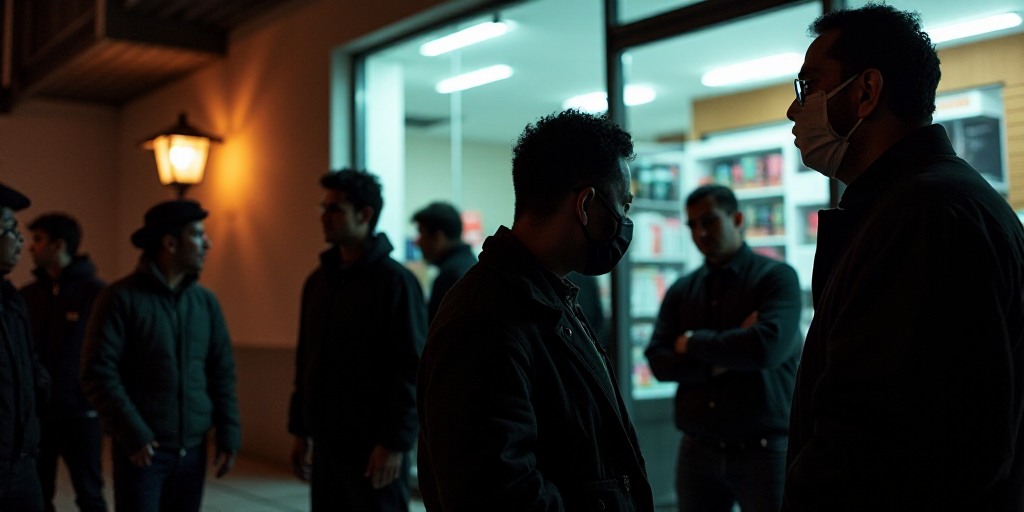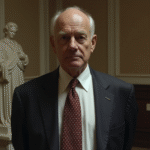Economic Impact on Businesses in Central Mexico City
The National Chamber of Commerce, Services and Tourism of Mexico City (Canaco CDMX) reported that the march, commemorating the 11th anniversary of the disappearance of 43 Ayotzinapa students, affected the regular operation of 4,527 commercial, service, and tourism establishments along Paseo de la Reforma, Avenida Juárez, and 5 de Mayo street. The protest resulted in economic losses exceeding 21.9 million pesos and forced many businesses to reduce their operating hours or close early.
Business Leaders’ Condemnation and Call for Regulated Protests
Vicente Gutiérrez Camposeco, president of Canaco CDMX, condemned the vandalism during the march, attributed to a group known as the “black bloc,” which was responsible for graffiti, broken windows, and looting a convenience store. Gutiérrez Camposeco warned that such incidents not only harm small and medium-sized businesses but also tarnish the image of security and mobility in Mexico City, especially as the 2026 FIFA World Cup approaches.
He urged the capital’s government to establish a clear and effective protocol to prevent similar situations and ensure that perpetrators are held accountable. Gutiérrez Camposeco emphasized that Canaco CDMX supports the right to free assembly and the legitimate demand for justice by the families of the 43 normalistas but rejected the idea that radical groups exploit these protests to create chaos.
“We do not ask for repression; we demand the application of the law,” he stated, encouraging those affected to file complaints to identify and bring perpetrators to justice.
A March Fueled by Despair
This year’s march gathered approximately 4,000 people who marched from the Angel of Independence to the Zócalo in Mexico City, demanding truth and justice eleven years after the events in Iguala, Guerrero, in 2014. The atmosphere was marked by disappointment and anger among the families of the students, who chanted slogans like “¡Vivos se los llevaron, vivos los queremos!” and “¡Fue el Estado!” reminding everyone that investigations have been insufficient, and promises to solve the case have fallen short.
Families carried photos of their children around their necks as they marched through the rain, receiving spontaneous support from citizens joining the contingent. Banners criticized past and present governments for a lack of results, questioning justice institutions and directly accusing authorities and the military of concealing information about the students’ whereabouts.
For the protesters, the case has become a symbol of impunity in Mexico, where over 120,000 people remain missing since the “war on drugs” began in 2006. The march concluded at the Zócalo with a rally, where representatives from the collectives reiterated their demand for military archives to be opened to uncover the full truth.
“We are not seeking revenge; we seek justice,” expressed one parent to the microphone amidst applause. The event ended with a minute of silence, which was broken by the unified shout of the names of the 43 students.
The march was accompanied by security and social dialogue personnel from Mexico City, as well as paramedics from ERUM who attended four minor incidents. However, a group in masks left broken glass, graffiti, and damage to public transportation stations.
Key Questions and Answers
- What was the purpose of the march? The march aimed to commemorate the 11th anniversary of the disappearance of 43 Ayotzinapa students and demand truth and justice.
- Who organized the march? The march was organized by families and collectives of the 43 normalistas.
- What were the economic consequences of the march? The Canaco CDMX reported that the march caused over 21.9 million pesos in losses and disrupted the regular operations of 4,527 businesses.
- What did business leaders say about the march? Vicente Gutiérrez Camposeco, president of Canaco CDMX, condemned the vandalism and called for regulated protests, emphasizing that businesses should not be harmed during demonstrations.
- What were the protesters’ main demands? Protesters demanded truth, justice, and the opening of military archives to uncover the full truth about the disappearance of the 43 students.






